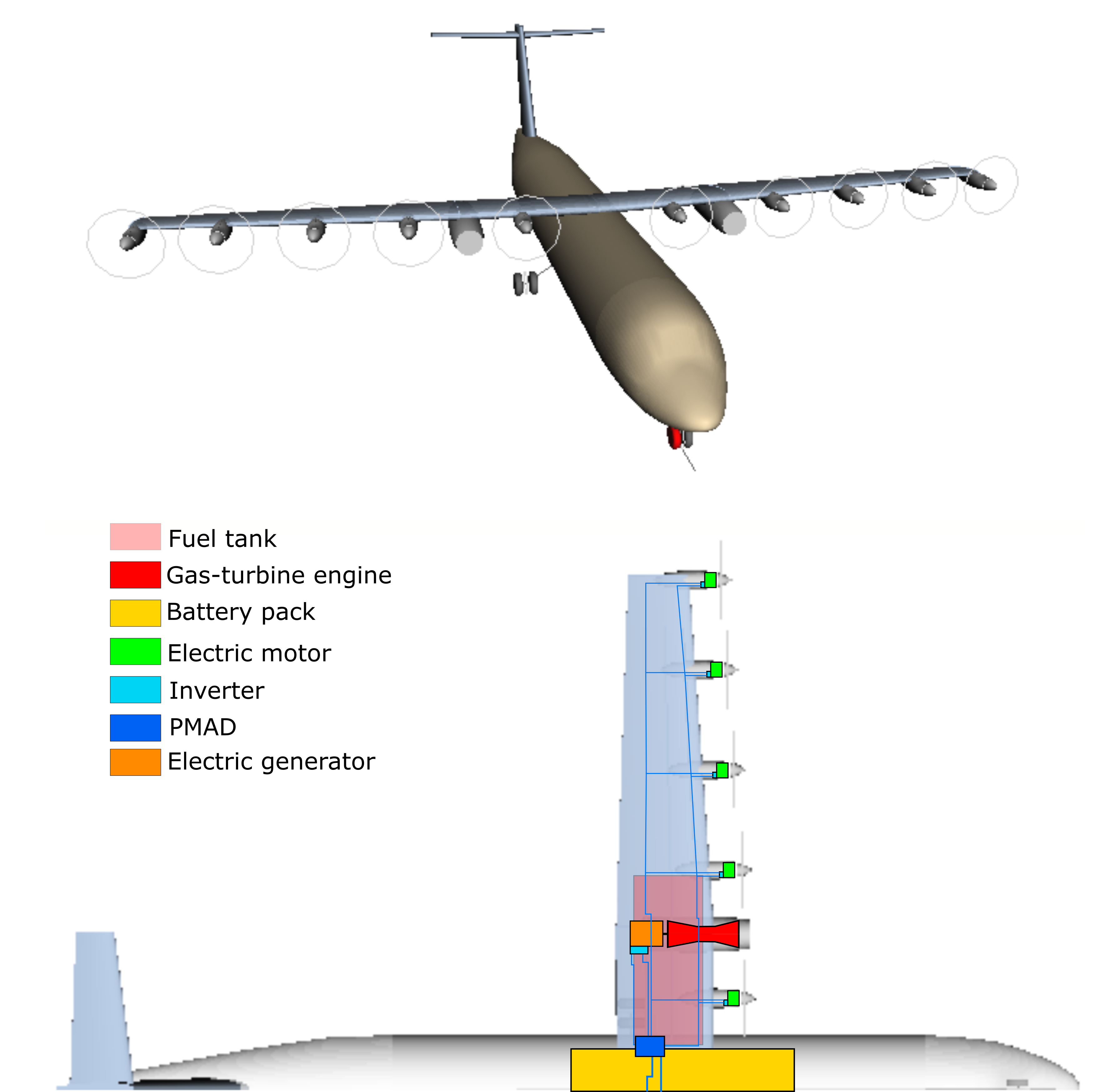Jacopo Zamboni
Faculty of Aeropace Engineering
Jacopo obtained his master’s degree in Aerospace Engineering. For his thesis he developed a method for the conceptual design of hybrid electric aircraft. Society demands future aircraft to be more fuel-efficient to limit their negative impact on our climate and still warrant a sustainable growth of the aviation industry.
Jacopo developed a design methodology based on fundamental theories of flight, electrical engineering, and aircraft design. He demonstrated the versatility of his method by designing various future aircraft relying on different hybrid-electric architectures. By performing a thorough validation of each of the subcomponents of the methodology, he convinced the graduation committee of the validity of his results.
Furthermore, Jacopo outlined three distinctive paths forward for hybrid-electric propulsion, with overall reductions in energy consumption ranging between 6% and 35% for the most conservative and most progressive technology assumptions, respectively. Jacopo received a 9 for his thesis and will present the contents of his work on the international AIAA SCITECH conference.
“Jacopo is an excellent student with a deep passion for aviation and aircraft design in particular. His thesis is original, scientifically sound and very relevant with respect to developments within society”
Graduation committee – Dr R. Vos, Prof. L. L. M. Veldhuis, P. C. Roling MSc, R. de Vries MSc
Thesis synposis
As the aviation sector keeps expanding, a growing interest in technologies that can reduce the dependency from non-renewable energy sources, both for economic and environmental reasons, has led researchers to investigate the opportunities offered by the electrification of flight. However, fully electric designs are not viable in the foreseeable future, as the performance characteristics of the electric devices are still not comparable with the achievements of fuel-burning propulsive systems.
A proposed solution is to electrify only a fraction of the aircraft system while the technology maturity level is still advancing. The use of two energy sources opens the design space and allows for the experimentation with novel aircraft configurations that could lead to interesting energy consumption reductions. However, established methods for aircraft design become obsolete as the required complex configurations and control strategies cannot be modelled. Therefore, the objective of this project was the development of a conceptual design procedure that can be applied to size and analyse any hybrid electric architecture that remains simple enough to be usable at the start of the design.


